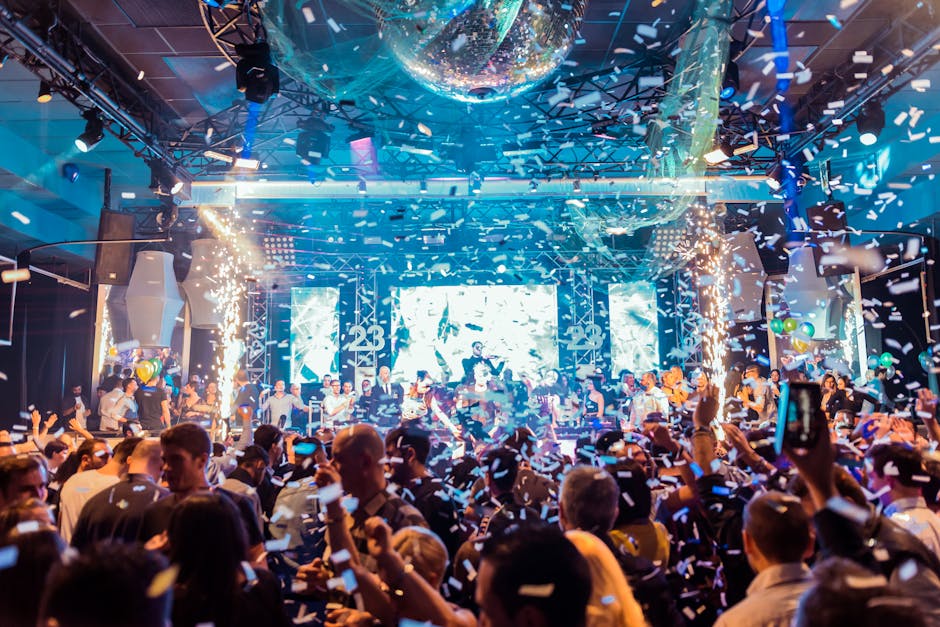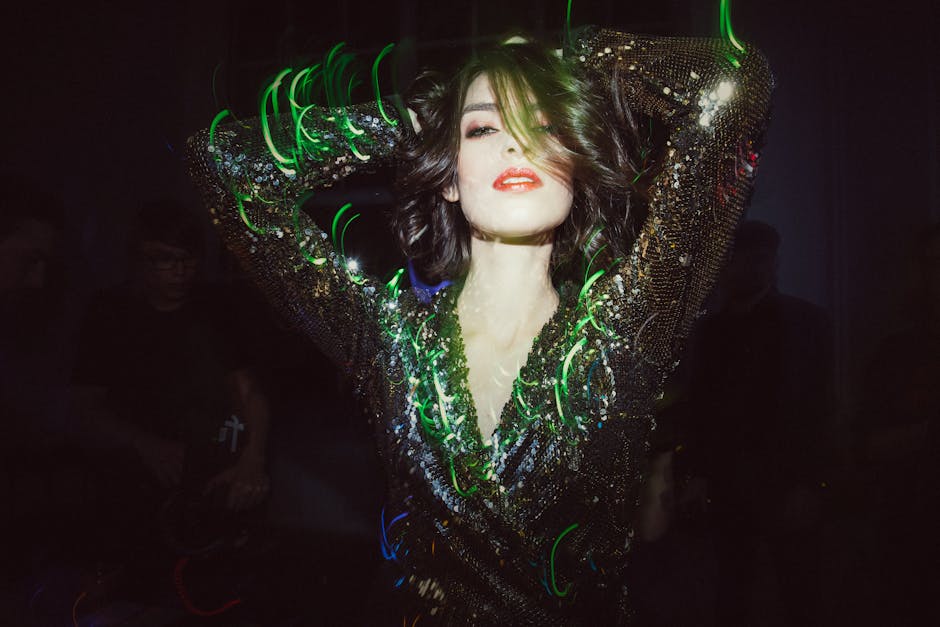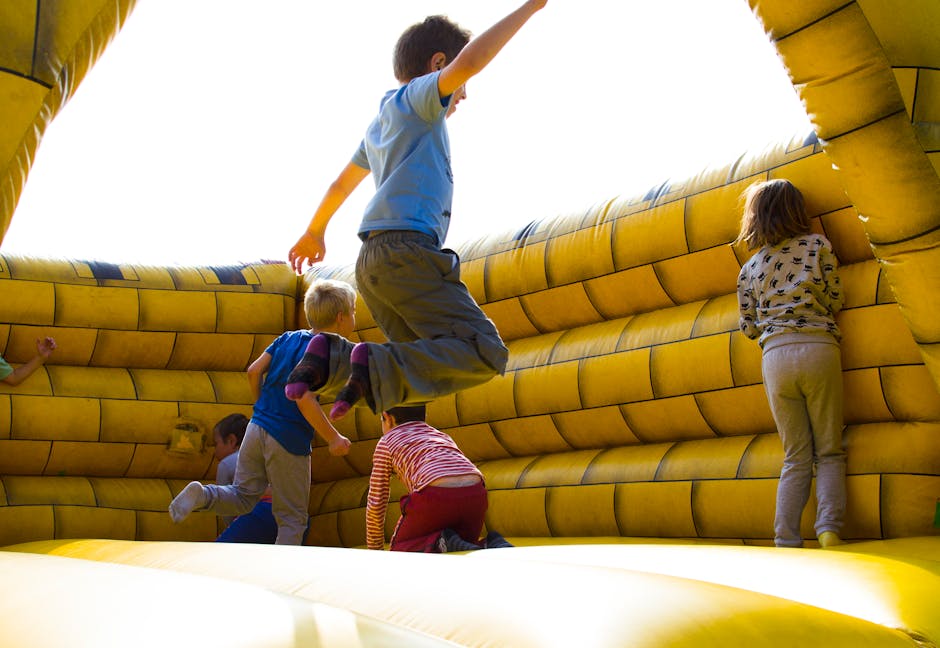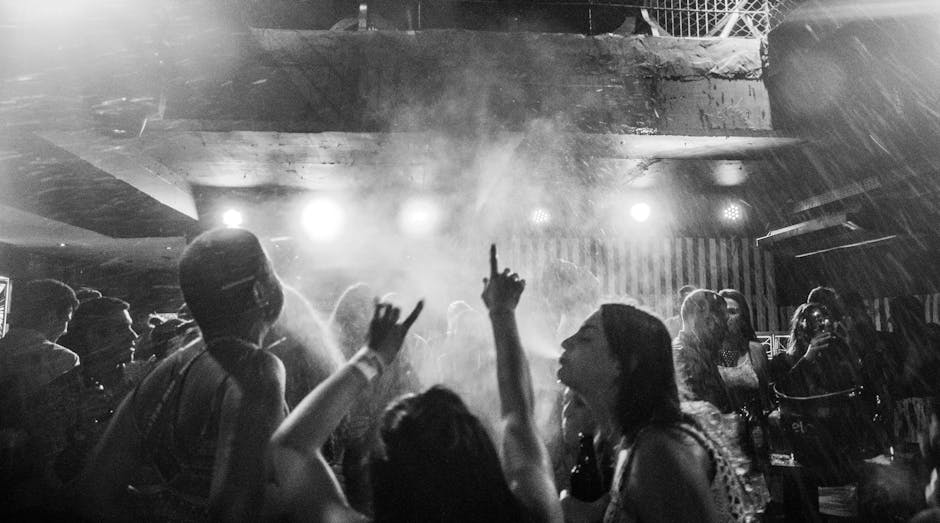Social Dynamics in Entertainment Networks: Exploring the Interplay of Society and Media
Entertainment networks have long been a cornerstone of our society, shaping our culture, influencing our beliefs, and connecting us with one another. In recent years, the rise of social media and digital platforms has revolutionized the way we consume and interact with entertainment content. This transformation has brought about a new era of social dynamics within entertainment networks, blurring the lines between creators and consumers, and redefining the way we engage with media.
From the impact of viral trends on popular culture to the rise of influencer marketing, the realm of entertainment networks is constantly evolving. In this article, we will delve into the intricate web of social dynamics within entertainment networks, exploring the various factors that shape our interactions with media and each other.
The Evolution of Entertainment Networks

Entertainment networks have come a long way from traditional mediums such as television and radio. The advent of the internet and social media has democratized the creation and distribution of content, allowing individuals to connect with global audiences like never before. Platforms like YouTube, Instagram, and TikTok have given rise to a new generation of influencers who wield immense power and influence over their followers.
These influencers have become key players in shaping popular culture, driving trends, and dictating the success of brands and entertainment properties. The lines between traditional celebrities and social media stars have become increasingly blurred, with many influencers crossing over into mainstream media and vice versa.
The Power of Viral Content

One of the defining features of entertainment networks in the digital age is the phenomenon of viral content. Viral videos, memes, and trends have the power to spread like wildfire across social media, capturing the attention of millions of users within hours. The viral nature of content has transformed the way we consume and share media, often leading to unexpected fame and fortune for creators.
Take, for example, the case of the “Harlem Shake” meme that took the internet by storm in 2013. What started as a simple video uploaded by a group of friends quickly snowballed into a global sensation, with thousands of users around the world creating their own versions of the dance. The viral nature of the meme propelled it to mainstream attention, earning millions of views and spawning countless parodies and remixes.
The Rise of User-Generated Content

One of the most significant shifts in entertainment networks has been the rise of user-generated content. Platforms like YouTube and Twitch have empowered individuals to create and share their own content, bypassing traditional gatekeepers and reaching audiences directly. This democratization of content creation has led to a diverse range of voices and perspectives entering the media landscape.
From vlogs and gameplay videos to makeup tutorials and cooking shows, user-generated content has become a staple of entertainment networks. Creators are no longer limited by traditional media formats or production budgets, allowing for greater experimentation and creativity. This shift has also opened up new opportunities for collaboration and community building, as creators connect with like-minded individuals and form tight-knit communities around shared interests.
The Influence of Algorithms

As entertainment networks have become increasingly digitized, algorithms have played a pivotal role in shaping our media consumption habits. Platforms like Netflix, Spotify, and Facebook use complex algorithms to recommend content to users based on their preferences and behavior. These algorithms have the power to influence what we watch, listen to, and engage with, ultimately shaping our perceptions and tastes.
For example, Netflix’s recommendation algorithm analyzes users’ viewing habits and preferences to suggest personalized content tailored to their interests. This personalized approach has revolutionized the way we discover new movies and shows, often leading us to explore genres and titles we might not have considered otherwise. However, the algorithmic curation of content has also raised concerns about filter bubbles and echo chambers, where users are only exposed to content that aligns with their existing beliefs and preferences.
The Impact of Social Media on Entertainment Networks
Social media platforms have become the epicenter of entertainment networks, serving as hubs for content creation, distribution, and engagement. Platforms like Instagram, Twitter, and TikTok have revolutionized the way we connect with celebrities, influencers, and brands, blurring the lines between personal and professional identities.
One of the key drivers of social dynamics in entertainment networks is the concept of parasocial relationships, where fans develop intense emotional connections with creators and celebrities despite never having met them in person. Social media platforms provide a direct line of communication between creators and fans, allowing for real-time interactions, behind-the-scenes glimpses, and personalized content that fosters a sense of intimacy and connection.
Challenges and Controversies in Entertainment Networks
While entertainment networks offer unprecedented opportunities for creativity and collaboration, they also come with their fair share of challenges and controversies. From issues of copyright infringement and intellectual property theft to concerns about online harassment and cyberbullying, the digital landscape presents a host of ethical dilemmas that creators and platforms must navigate.
One of the most pressing issues facing entertainment networks is the proliferation of fake news and misinformation. With the rise of social media as a primary news source for many users, the spread of false information has become a significant concern. Platforms like Facebook and Twitter have come under fire for their role in amplifying misinformation and enabling the spread of harmful content.
The Future of Entertainment Networks
As entertainment networks continue to evolve, the future holds endless possibilities for innovation and growth. Emerging technologies such as virtual reality, augmented reality, and artificial intelligence are poised to revolutionize the way we consume and interact with media, offering immersive and personalized experiences that blur the lines between reality and fiction.
Furthermore, the ongoing convergence of traditional and digital media is reshaping the entertainment landscape, with streaming services like Disney+ and HBO Max challenging the dominance of traditional broadcasters and cable networks. The rise of direct-to-consumer platforms and subscription-based models is changing the way content is produced, distributed, and monetized, giving creators more control over their work and audiences more choices than ever before.
Conclusion
To wrap things up, social dynamics in entertainment networks are a complex and multifaceted phenomenon that shape the way we consume, create, and interact with media. From the power of viral content to the influence of algorithms and social media, the interconnected nature of entertainment networks has transformed the way we engage with culture and society.
As we navigate the ever-changing landscape of entertainment networks, it is essential to consider the implications of our interactions and behaviors online. By understanding the social dynamics at play within entertainment networks, we can better appreciate the impact of media on our lives and strive to create a more inclusive and ethical digital environment for all.
Long story short, social dynamics in entertainment networks are a reflection of our interconnected world, where creativity, community, and technology converge to shape the future of media and society.




